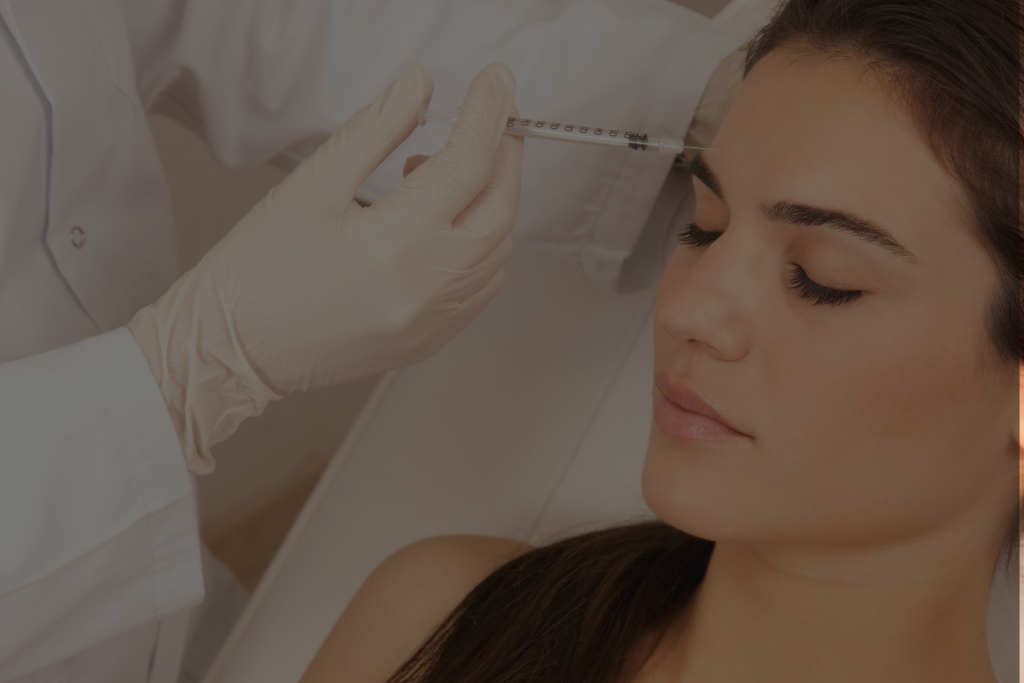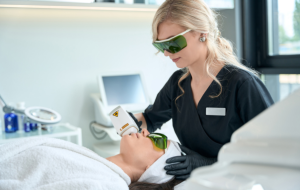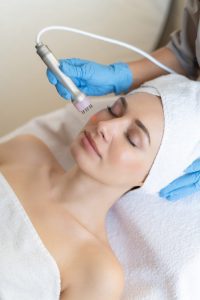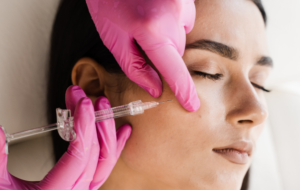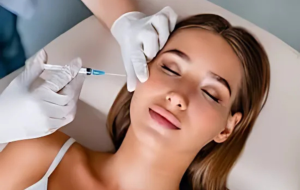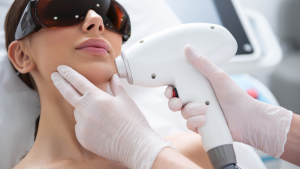Migraines affect millions of people worldwide, often causing severe headaches, neck pain, and other debilitating migraine symptoms. For some migraine sufferers, these attacks per month can significantly disrupt daily life and reduce overall quality of life. As both a prescription medicine and a powerful muscle relaxant, Botox injections have become an increasingly popular migraine treatment for the prophylaxis of headaches. But does it really work? In this blog, we will explore the mechanism of action behind botulinum toxin, review clinical studies, discuss treatment options, and examine costs and insurance considerations for patients seeking relief.
Overview of Botox for Migraine Relief
Botox, derived from botulinum toxin type A, is widely known for its cosmetic applications. Less recognized—but no less important—are its uses in the treatment of migraine headaches. Approved for use in the prevention of headaches in adult patients suffering from chronic migraine, Botox has gained attention through clinical trials and systematic reviews. Its ability to reduce headache pain, decrease the frequency of headaches (often measured in headache days per month with headache lasting at least four hours), and improve overall quality of life makes it an appealing type of treatment for migraine sufferers seeking a preventative treatment option.
Mechanism of Action
Botox works by temporarily blocking the release of chemicals involved in pain transmission from the nerve endings to the muscles and nerves that contribute to migraine pain. The active ingredient—botulinum toxin—reduces excessive muscle contractions, easing tension in the neck muscles, scalp, and forehead. This effectively diminishes the intensity of severe headaches, especially in those classified as chronic migraine (15 or more headache days per month).
How Botox Works in the Body
Botox is a toxin produced by the bacterium Clostridium botulinum. However, when purified and administered in controlled doses as Botulinum toxin injections, it acts as a muscle relaxant, interrupting the communication between nerve signal (through the neuromuscular junction disorders) and the targeted muscle. This blockade of nerve conditions and nerve-to-muscle communication is sometimes referred to as spread of toxin effect, where small amounts of toxin effects can potentially diffuse to adjacent sites. In migraine prophylaxis, the injection aims to inhibit the release of chemicals involved in triggering migraines at the injection sites.

Specific Targets for Pain Relief
Common injection sites for migraines include the forehead muscles, temples, neck, and the area around the eyelids—essentially, regions where headaches in adult patients often originate or radiate. By relaxing shallow muscles in these regions and minimizing muscle spasm, Botox helps reduce the pressure around blood vessels and nerves responsible for migraine pain, resulting in fewer episodes and a noticeable reduction in headache days.
Efficacy of Botox in Migraine Treatment
Clinical Studies and Research Findings
Various clinical trials, including a systematic review and meta-analysis published on Google Scholar, support the efficacy of Botox as a preventive treatments option for headaches in adults. The trial data show a significant reduction in headache days per month in migraine patients who received Botox treatments compared to placebo groups. Additionally, reports of death or fatal outcomes from DISTANT SPREAD of the toxin in these studies were exceedingly rare, demonstrating that, under proper medical supervision, Botox can be a safe and effective treatment.
How Botox Reduces Frequency and Severity of Migraines
Botox helps minimize the frequency of headaches by inhibiting pain signals and easing the muscle contractions that can exacerbate chronic migraine. By blocking the nerve endings in specific regions, Botox addresses underlying triggers, allowing patients to experience fewer headache days and less severe migraine headaches. This mechanism differs from acute treatments like over-the-counter aspirin-like products, herbal supplements, or cold medicine, as Botox functions as a preventive medication aimed at the prophylaxis of headaches.
Types of Headaches Treated with Botox
Chronic Migraines vs. Other Headaches
Botox is primarily indicated for chronic migraine, defined as migraines or headache events happening 15 or more days per month, with at least eight of these days featuring migraine symptoms such as throbbing pain, sensitivity to light or vision disturbances, and sometimes neck stiffness. Botox has not been conclusively proven as effective for episodic migraine (fewer than 14 headache days per month) or other headache types, such as tension-type headaches or refractory migraine with different etiologies. However, some headache specialist physicians and sleep medicine experts still explore off-label usage when other treatment options fail.
Patient Criteria for Treatment
A suitable candidate for Botox migraine treatment typically has:
A diagnosis of chronic migraine (15 or more headache days per month) Ongoing episodes of headaches in patients unresponsive to traditional migraine medications or preventive medications No contraindications such as severe neuromuscular disorders or allergic reaction to botulinum toxin products The best approach involves consultation with a headache specialist or experienced provider who can assess medical conditions, create a personalized treatment plan, and consider other treatment goals like improving overall quality of life.
The Injection Process
What to Expect During the Procedure During injections for migraines, a healthcare professional—often a neurologist or an aesthetic medical practitioner with specialized training—will administer botulinum toxin injectables into specific sites around the head and neck muscles. The entire process typically takes less than 30 minutes. Discomfort may be reduced using techniques such as an ice pack prior to injection. Most patients can return to regular activities immediately, although it’s wise to avoid intense exercise or pressure on the injection sites right after the event.
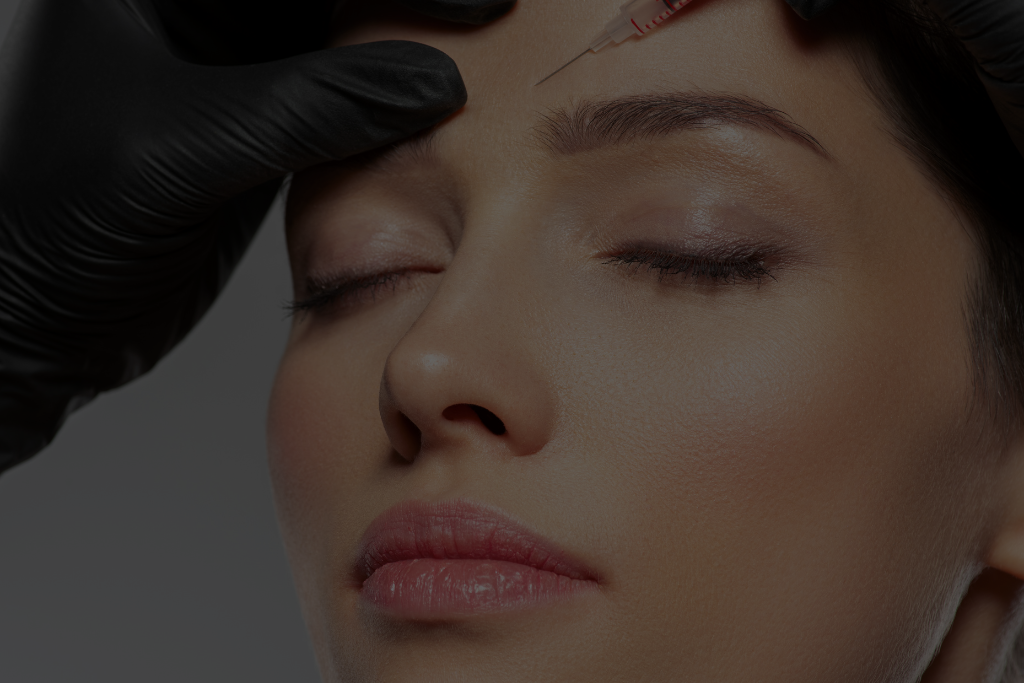
Frequency and Maintenance of Injections
Botox migraine treatments usually follow a schedule of treatment cycles every 12 weeks—this is often called a program or set of cycles of injections. Each cycle involves multiple injection sites across the forehead, temples, and upper back of the neck. Many patients notice an improvement in migraine pain after the first or second cycle. The median duration of each session’s effectiveness is around three months, although individual experiences may vary. Muscular weakness or weakness of forehead muscles can occur temporarily as part of the common side effects.
Potential Side Effects
Common Side Effects and Their Management
Although considered an effective treatment for chronic migraine, Botox can lead to common side effects such as drooping eyelids (also known as eyelid ptosis), injection-site pain, minor infection risk, itchy welts, or flu-like symptoms. Neck pain or neck spasms can happen if neck muscles are particularly sensitive to the medicine. Temporary blurred vision or double vision may occur if the spread of toxin effect impacts nearby nerves controlling the eyes. Typically, these adverse reactions are mild and subside within a few days.
Management might involve applying an ice pack, taking mild pain relievers, or using topical creams as directed. In some cases, an allergic reaction can occur, prompting immediate medical intervention. If you experience persistent shortness of breath, trouble breathing, or breathing difficulties, contact a healthcare professional promptly—though such reactions are rare.
Rare but Serious Risks
In extremely rare cases, botulinum toxin can lead to DISTANT SPREAD causing all-over muscle weakness, Loss of voice, loss of strength, Excessive weakness, or even breathing or **swallowing difficulties. These severe adverse events are uncommon but can be life-threatening if untreated. The FDA includes a BOXED WARNING about the possibility of distant spread causing serious neurologic condition issues. Reports of death are exceptionally rare, but caution is advised. Reading the Medication Guide and consulting a headache specialist help mitigate these potential outcomes.
Qualifications for Receiving Botox Treatment
Practitioner Credentials and Training
Because of the complexities in diagnosing chronic migraine and the need to identify effective injection sites accurately, receiving injections of botulinum toxin from a board-certified headache or neurological specialist is crucial. Alternatively, a trained plastic or aesthetic physician with additional neurology-focused courses can administer Botox safely. Look for practitioners who participate in recognized clinical program offerings or have contributed to previous trial research.
Finding the Right Provider
Select a provider with extensive experience in treatment for migraine, especially in working with migraine in adults, pediatric patients (in certain cases), or those with complicated medical conditions like cerebral palsy or bladder dysfunction. A thorough background in neuromuscular junction disorders, nerve disorders, and prophylactic treatment of headaches ensures they can tailor a treatment journey effectively. A provider might coordinate with a social worker, neurologic condition experts, or health insurance specialists to manage your care seamlessly, accounting for any specialized medication or anticholinergic medication you might already be using.
Costs and Insurance Coverage
Average Cost of Botox Treatment The cost of treatment for migraine prophylaxis varies widely—some individuals pay hundreds or thousands of dollars per treatment cycle depending on location, dosage, and pocket cost. Clinics often list a treatment list of fees, and the median duration of relief from each session can influence how many cycles you require. Additionally, aspirin-like products, cold medicine, or other over-the-counter counter medicines typically cost far less but are not always an effective treatment for those with chronic migraine.
Insurance Considerations and Reimbursement
Fortunately, many insurance providers consider Botox a medically necessary migraine treatment for people with chronic migraine. Most insurance plans require documentation such as a headache diary or evidence of unsuccessful trials of other preventive treatments. Once approved, the insurance company may reimburse some or all of the treatment cost. You may also qualify for a copay assistance program, savings program, or specialized program run by the manufacturer of botulinum toxin. Always clarify coverage details and potential out-of-pocket expenses before scheduling treatment cycles.

Ongoing Research and Developments
Recent Studies on Botox for Migraines New clinical trials continue to explore the most effective injection sites, dosage regimens, and combined therapies. Anti – CGRP or CGRP mAbs (monoclonal antibodies that target calcitonin gene-related peptide) have emerged as additional preventive treatments for refractory migraine, sparking further research to see if combining these agents with botulinum toxin injectables can produce synergistic benefits. Some systematic reviews even investigate how Botox compares directly to anti-calcitonin gene-related peptide therapies or other cutting-edge interventions.
Future Directions in Migraine Treatment with Botox
Researchers are investigating the interplay between Botox and other factors like overactive bladder, urinary incontinence, or Loss of bladder control, considering the broad uses of botulinum toxin products. Studies also look at whether Botox can help with asthma symptoms or certain forms of breathing complications, though these remain experimental. Advances in understanding CGRP and peptide transmission may also refine how Botox is administered, expanding the repertoire of treatment options beyond standard prophylaxis in headaches in patients. As knowledge grows, we can expect improved protocols that enhance quality of life for migraine patients.
Why Choose Beauty Aesthetics?
Beauty Aesthetics stands apart for its customized and evidence-based approach to Botox treatments. Our clinic offers comprehensive treatment options for both cosmetic needs and medical conditions like chronic migraine, always prioritizing patient safety and comfort. Under the guidance of an experienced provider with advanced training in neurology and aesthetics, every treatment plan is individualized. We coordinate closely with your headache specialist and other healthcare professionals to ensure that each step of your treatment journey aligns with your unique goals, so you can regain control of your daily life.
Conclusion
Botox has emerged as a crucial preventative treatment for chronic migraine, offering relief from migraine headaches and reducing headache days for many migraine patients. By focusing on nerve endings and mitigating muscle contractions that trigger painful headaches, it can greatly enhance an individual’s quality of life. While common side effects and rare but serious risks exist, correct administration by an experienced provider helps ensure safety and effectiveness. For those seeking long-term solutions, exploring Botox treatments at Beauty Aesthetics in Toronto could be a transformative step toward better health and a more fulfilling life.

